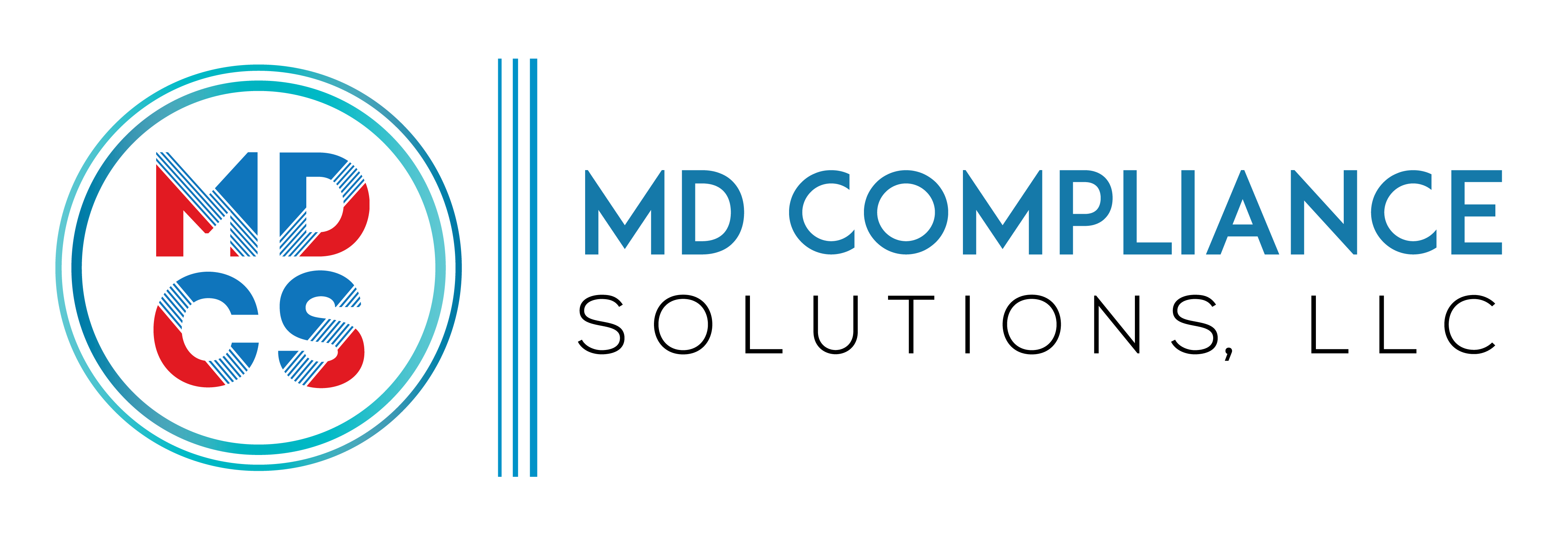NCCI stands for the “National Correct Coding Initiative.” Healthcare professionals use NCCI edit tools to promote the “National Correct Coding” approaches or methods to control improper coding, which otherwise can lead to inappropriate payment.
PTP is another important acronym you might be aware of – it stands for Procedure-to-Procedure code pair edits, which are automated prepayment edits for the prevention of improper payment – especially when health professionals submit certain codes together for covered services.
Along with PTP code pair edits, there is a set of edits, which are known as “MUEs” – that stands for Medically Unlikely Edits. What is MUE for? Well, it is a maximum number of UOS (Units of Service) – which are allowed under most situations for a single “CPT” or “HCPCS” code billed by a health provider on the date of service for a single beneficiary.
Proper billing requires accurate coding and appropriate reporting of service. These are the important elements of proper billing. Services denied on the basis of MUEs or PTP code pair edits may not be billed to the beneficiaries of Medicare. Therefore, a health provider can’t use ABN (Advance Beneficiary Notice) to seek payment from a beneficiary of Medicare.
On the CMS website, you can find a wide range of NCCI tools, which help healthcare professionals avoid errors related to coding and billing as well as subsequent payment denials.
NCCI Edits – What do you need to know?
There are two types of provider choices of PTP edits and three types of provider choices of MUEs. As far as PTP Edits-Practitioners are concerned, the code pair edits are usually applied to claims, which are submitted by various health professionals including a physician, non-physician practitioners, and health centers like “Ambulatory Surgery Center.”
In addition, PTP Edits-Hospital is applied to TOBs (Types of Bills), which are subject to OCE (Outpatient Code Editor) for OPPS (Outpatient Prospective Payment System). These codes are applied to therapy providers, outpatient physical therapy & speech-language pathology providers, home health agencies, and outpatient rehabilitation facilities billing under 22x, 23x, 34x, 74x, and 75x TOBs.
In contrast, practitioner MUEs edits are applied to physicians’ and clinicians’ claims. Durable Medical Equipment Supplier MUEs edits are applied to all claims that are submitted to durable medical equipment MACs. Faculty outpatient MUEs edits are likewise applied to all claims for 13x, 14x, and 85x TOBs.
The American Medical Association, National & Local Policies, and Edits, CPT Manual, coding guidelines by national societies, analysis of medical & surgical practices, and a current review of coding practices – all determine the coding decisions for edits.
Before MUEs implementation, the American Medical Association, National Medical & Surgical Societies, as well as other health organizations – including hospitals, none physician professional societies, medical equipment, and laboratory organizations – all review the proposed edits before the implementation of MUEs.
In addition, the proposed PTP pair edits are released to different national health organizations for reviewing and commenting – before they start the process of implementation.
How to use the NCCI Edit Tools?
First, you need to click the PTP Coding Edits link, which is given in the menu on the NCCI Edits page on the CMS website. After selecting the PTP Coding Edits, you can scroll to the bottom of the webpage to find different links to the PTP Edit tables of the hospital and the practitioner.
The names of the “Practitioner PTP Edits” and “Hospital PTP Edits” show the range of edits in the table – starting with the 1st column or 2nd column code edit in the file. Column 1 CPT codes that end with the letter T, U, or M usually appear in the first table for both Practitioner and Hospital PTP Edits. Moreover, Column 1 HCPCS Level-two codes that start with letters from A-V appear in the last table for Practitioner and Hospital PTP Edits.
You can click on the Practitioner PTP Edits Table or Hospital PTP Edits table – to view or save them. It depends on your choice or what you want to do with the tables. Similarly, a license agreement will be shown on the page. If you want to continue to the selected table, you must accept the AMA copyright “Terms and Conditions.” You can then open your selected table in Microsoft Excel or text file format. This also depends on the choice you will make to open the table in .xlsx or .txt format.
You need to know that the 2nd Colum code is a component of a more detailed or broad 1st Column code. However, this relationship might not be true for other Edits. The PTP code pair edit typically represents two codes, which you can’t report together unless you use an appropriate modifier.
For instance, you can’t simply report a total abdominal hysterectomy and vaginal hysterectomy code together. You should also not report numerous other procedure codes together because these codes are exclusive of each other. You can’t perform mutually exclusive procedures on the same beneficiary encounter.
Let us give an example: A mutually exclusive situation refers to the repairing of a body organ, which you can’t do by using two different methods. You can only choose one method to repair the organ. Another example of this is a service that you can report as an initial service at the same beneficiary encounter.
So, if you want to decrease the number of claims that have denied sexual diagnoses or sexual procedure edits, you can use the KX modifier, which is a multipurpose modifier providing information and you can likewise use it to identify medical services for beneficiaries such as hermaphrodites, individuals with ambiguous genitalia, and transgender, etc.
If there is an occurrence of gender diagnoses or gender procedure conflict edit, you can use the KX modifier to alter the MAC about the situations and tell it that these are not errors – thus allowing the claim to carry on the normal processing.
Conclusion
NCCI is an automated tool or system, which controls certain CPT code pairs that you can report on the same day. The CMS developed this system recently and it is widely used in all Medicare Part B and Medicaid Claims. The NCCI Edit Tool provides a number of options and healthcare professionals can use it in many ways. In this article, we have just given you a basic demonstration or overview of the NCCI tool.
Related Reading: Risk Adjustment in Medical Coding

